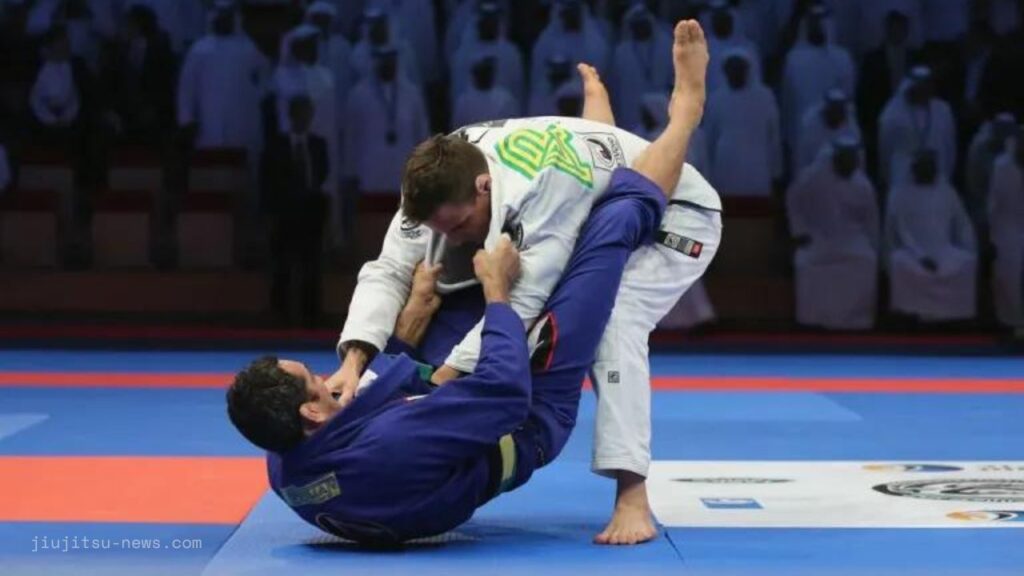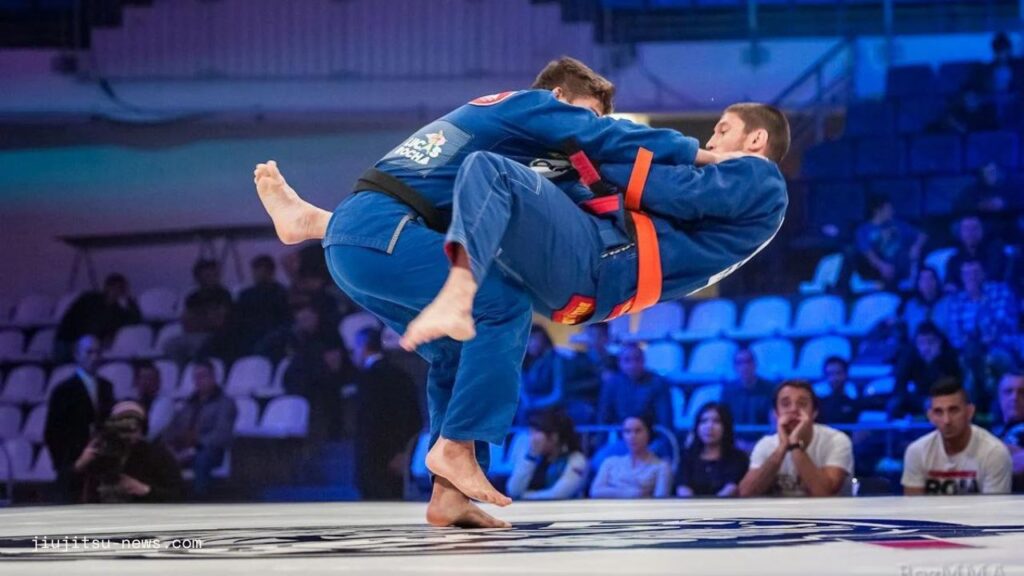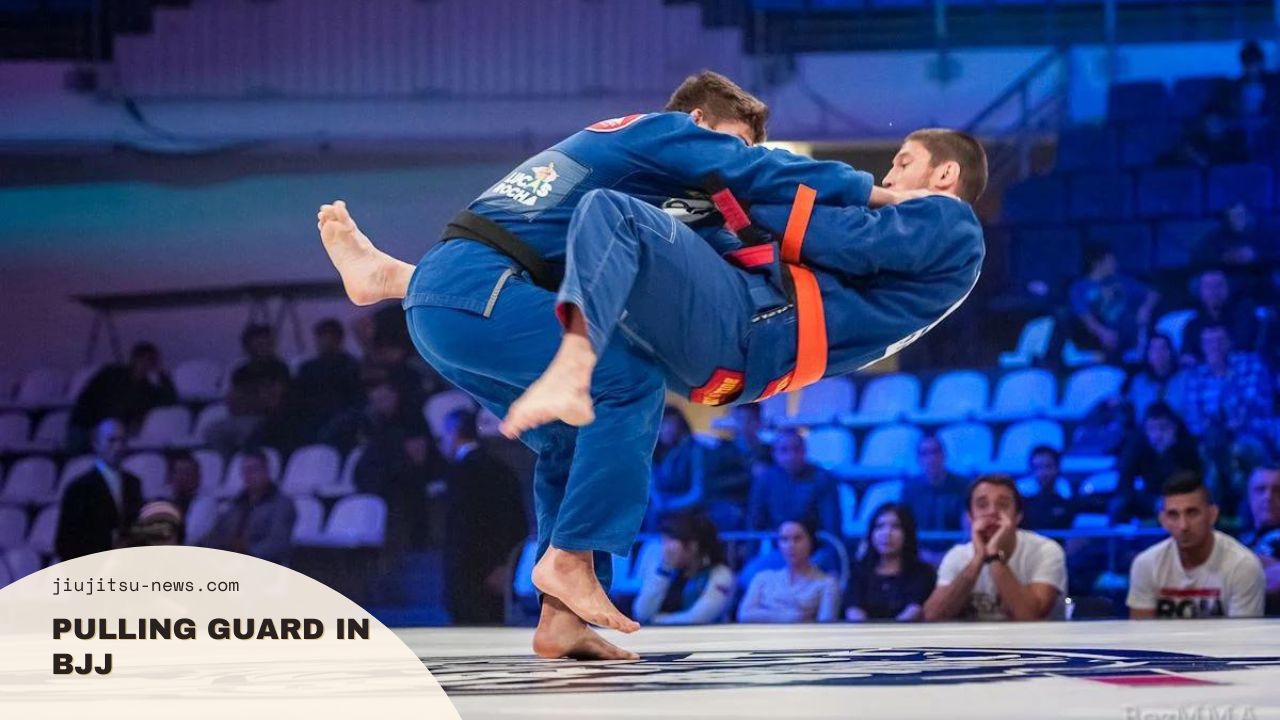How do you efficiently bring a standing fight to the ground in Brazilian Jiu-Jitsu without exhausting your energy reserves? One popular and strategic answer is pulling guard.
While most matches begin with both fighters upright, trying to dominate by executing takedowns, many experienced competitors opt instead to pull guard. This maneuver conserves energy and allows athletes to fight from a position where they feel most skilled and comfortable.
This guide delves into the pulling guard technique, exploring why it’s often preferred over takedowns and how it can be seamlessly integrated into your game plan, giving you tactical superiority right from the start of the match.
Why Pull Guard?
Pulling guard in BJJ can be strategic for competitors who prefer fighting from the ground.
This technique is less energy-intensive than executing takedowns, which can be particularly beneficial in conserving strength throughout a match.
Notable fighters like the Miyao brothers have effectively used this strategy to gain competitive advantages.
Instead of engaging in the challenging physical contest of takedowns, athletes who pull guard move directly to a position where they feel confident and in control.
This allows them to set the pace and style of the match, playing to their strengths.
Common Misconceptions and Benefits

Despite some criticisms and jokes within the community about pulling guard, it remains a highly effective technique for those well-versed in ground maneuvers.
By pulling guard, a fighter can immediately begin to work from a position they have mastered, deploying their guard game without delay.
For instance, upon pulling guard, a competitor might quickly transition to advanced positions like the De La Riva or Spider-Lasso guard, catching their opponent off guard and gaining the upper hand.
Variations in Pulling Guard
There are several ways to pull guard in BJJ, with techniques varying slightly between gi and no-gi styles.
In gi competitions, a fighter might grab the opponent’s collar and sleeve, use a leg to hook the opponent’s hip, and then sit back into the guard position.
In no-gi, a standard method involves grabbing the opponent’s wrist and pulling into a butterfly guard.
Understanding these variations is crucial for adapting the guard pull to different competition settings and opponents.
Pulling Guard Strategies and Game Plans

Although pulling a guard places a fighter at the bottom, many skilled practitioners use it as a launching pad for aggressive strategies.
It’s a misconception that being at the bottom is a disadvantage; many guard pullers excel by setting traps and launching counter-attacks.
For example, a typical sequence might involve pulling guard, transitioning to Dela Riva guard, and performing a Berimbolo to take the opponent’s back—a highly advantageous scoring position.
Other strategies include pulling guard and immediately executing sweeps or setting up submissions.
Conclusion
The decision to pull guard can significantly influence the dynamics of a BJJ match, offering a tactical advantage to those adept at ground fighting.
With its high success rate in competitions, this strategy is a testament to the technical depth and strategic variety in Brazilian Jiu-Jitsu.
Whether a beginner or an advanced practitioner, understanding and incorporating guard pulling into your repertoire can enhance your competitive edge and performance in tournaments.



